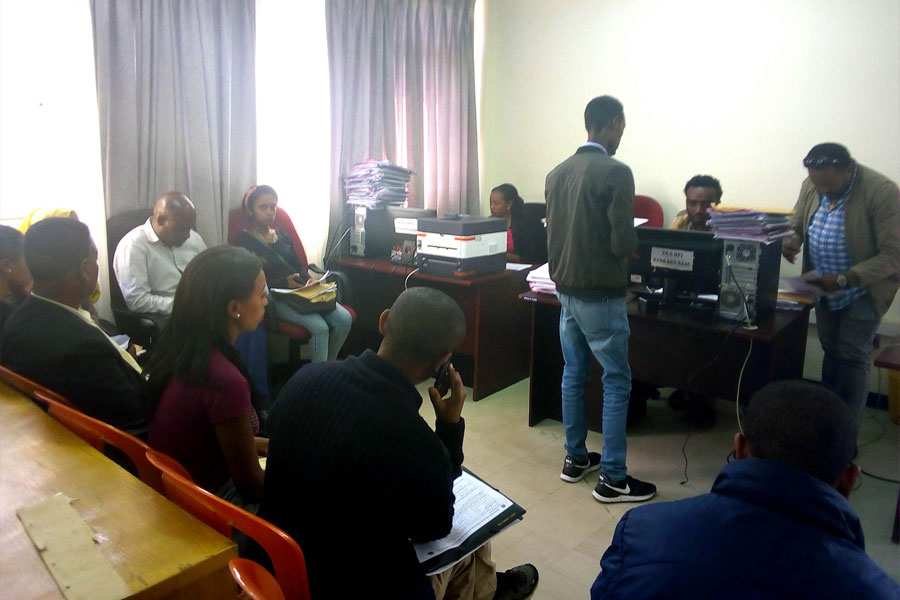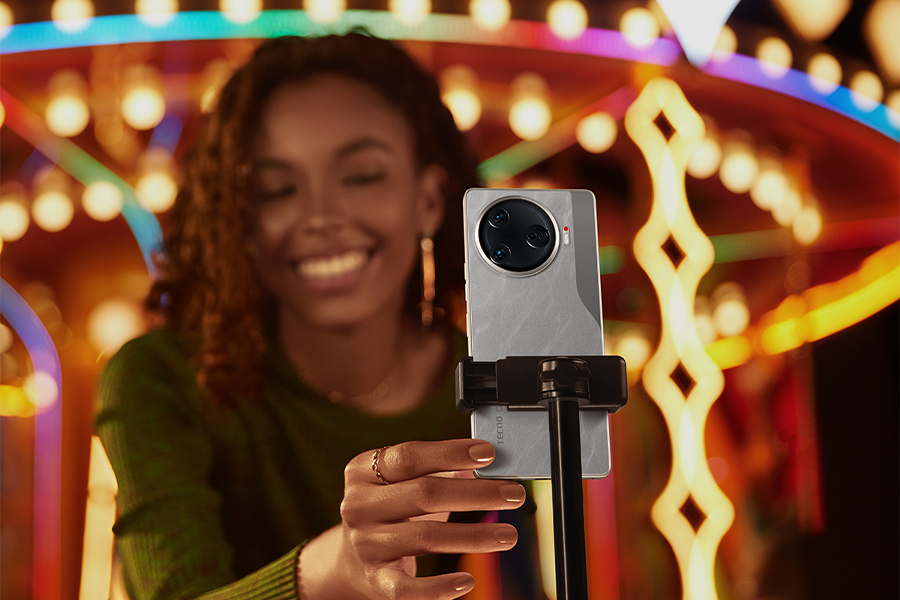
Fortune News | Mar 09,2024
Every Thursday after school, my friends and I used to vivaciously await the majestic whirling drum sticks and percussion rhythm of marching bands as they drew closer to the landmark Mexico Square where our school was located. The playing of the cymbals would generate a pitch that seemed like water from a fountain being catapulted into the air with its chilly freshening sprinkles.
Nonetheless, it used to happen once in a while, all the more exciting whenever it occurred. Hard as I might try to remember what other public event occurred to engage us as much, there was nothing. It was all we had.
Whenever the bands came through we would run around the marching column’s four sides as though to get a mental image of all that goes on. The public that would often surround the band was rarely happy with our raucous activities and would try and shoo us as if we were annoying cats.
The heartwarming clarinets and flutes, the hounding from the trumpets, then in the alto and tenor of my favourites in the saxes, the French horn and tuba all played into the mesmerising sliding majorettes of the trombones and the mightiness of the honks from the sousaphones. The street fanfare was usually accompanied by an ear-splitting rendition of the national anthem of the time.
No matter how dull and unimaginative it may look now, it easily inspires nostalgia in those that lived during those times. Most importantly, these events seem outdated today with the spatiotemporal context of the constantly rushed vibe of the 21st century.
The marching bands have not gone away, but time has left them behind. Today’s live public events are different, even those organised by government offices. A testament to this was the Friendship Square and more recently the Entoto Park inaugurations. The ambience they are expected to give is one of flexibility, while the older ones were more concerned with conformity.
The scene at privately organised events is even more radically different. After a couple of decades of agoraphobia – fear of places and situations - I attended a music event at Ghion Hotel some months ago. The queue for tickets and the ensuing attendance would shock our recently pandemic-influenced sensibilities. But many faces in the crowd were teens eagerly awaiting the start of ceremonies, an appealing sight in its own right to those of us jaded with their rare appearance over the various media.
While the opening live music performances were from local stars, in a musical ensemble, the headliner was a Dutch DJ. The stage being the hotel’s yard, VIPs stood close to the show, and the rest of us three-digit customers stood in the yard, as my friends and I did. Because the huge stage jutted into the yard, the DJ found himself with an audience pressing in on three sides.
Playing off a laptop, with song selections that seemed to predict exactly what the crowd wanted and was feeling, the show was definitely electrifying. The audience was a part of the show, connecting with the DJ through cheers and screams. If I was not claustrophobic, I would have enjoyed the event myself.
Soon after, I stumbled and staggered with the thought of where our collective musical journey brought us. There were just a few vocalists and no musical ensemble whatsoever. There was no orchestra, choir or a musical instrument in sight. It was almost entirely, from lighting to sound, digital.
The role of some of the things in life is first and foremost to signify rather than to function. Thus, the symbolic essence, the spectacle of a marching band with its flag raising and lowering and its presence at public functions, the traditional ambience and rituals of celebrating public holidays, including staging cultural songs, signify a certain rigidness. There are unchanging rules based on or extracted from tradition, as in the fact that the marching band will never consider the audience as a part of the music-making experience. Unlike the DJs, for the marching band, they were just there to stand and listen.
However, this fixed and immovable rite in music events shall be garnished with additional experiments, including in connecting with the audience. In spite of this, our recent experiences in this regard are not completely in line. The marching bands are no longer as relevant, and perhaps they have no one but themselves to blame. There remain music listeners, but the new breed insists on being met halfway.
PUBLISHED ON
Oct 24,2020 [ VOL
21 , NO
1069]


Fortune News | Mar 09,2024

Radar | Mar 12,2022

Agenda | Nov 20,2021

Fortune News | Sep 30,2023

Radar | Dec 05,2020

Advertorials | Jul 01,2024

News Analysis | Jul 07,2024

Radar | May 21,2022

Fineline | Jan 15,2020

Fortune News | Aug 16,2020

Dec 22 , 2024 . By TIZITA SHEWAFERAW
Charged with transforming colossal state-owned enterprises into modern and competitiv...

Aug 18 , 2024 . By AKSAH ITALO
Although predictable Yonas Zerihun's job in the ride-hailing service is not immune to...

Jul 28 , 2024 . By TIZITA SHEWAFERAW
Unhabitual, perhaps too many, Samuel Gebreyohannes, 38, used to occasionally enjoy a couple of beers at breakfast. However, he recently swit...

Jul 13 , 2024 . By AKSAH ITALO
Investors who rely on tractors, trucks, and field vehicles for commuting, transporting commodities, and f...

Sep 13 , 2025
At its launch in Nairobi two years ago, the Africa Climate Summit was billed as the f...

Sep 6 , 2025
The dawn of a new year is more than a simple turning of the calendar. It is a moment...

Aug 30 , 2025
For Germans, Otto von Bismarck is first remembered as the architect of a unified nati...

Aug 23 , 2025
Banks have a new obsession. After decades chasing deposits and, more recently, digita...